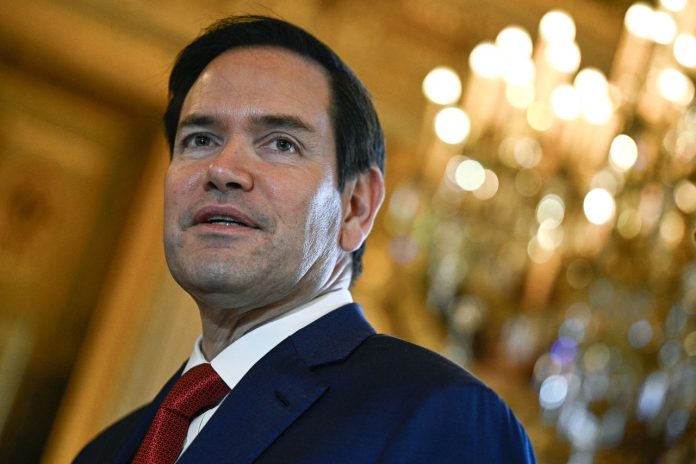Ukraine began the day buoyed by diplomatic progress, having reached a “framework” mineral deal with Washington. The agreement, which could see significant US investment in Ukraine’s post-war recovery, offers America a share in the country’s future energy profits. This development followed initial peace talks in Paris involving Ukrainian, American, and European officials, which were described as “positive”.
However, the optimism was short-lived. As reported by the BBC, both US President Donald Trump and Secretary of State Marco Rubio threatened to walk away from ceasefire negotiations unless swift progress is made—casting doubt over Washington’s long-term commitment.
While Kyiv agreed to a full ceasefire after a pause in US military aid, Moscow has maintained its demands for more Ukrainian territory and the removal of President Volodymyr Zelensky. Recent Russian missile strikes on Kharkiv, injuring over 100 civilians, received no direct condemnation from the White House.
On the Black Sea, Ukrainian naval commanders continue to push back Russian forces, reclaiming vital shipping routes with Western drone support. Yet the broader question remains—does Washington prioritise peace or profit in Ukraine’s future?


